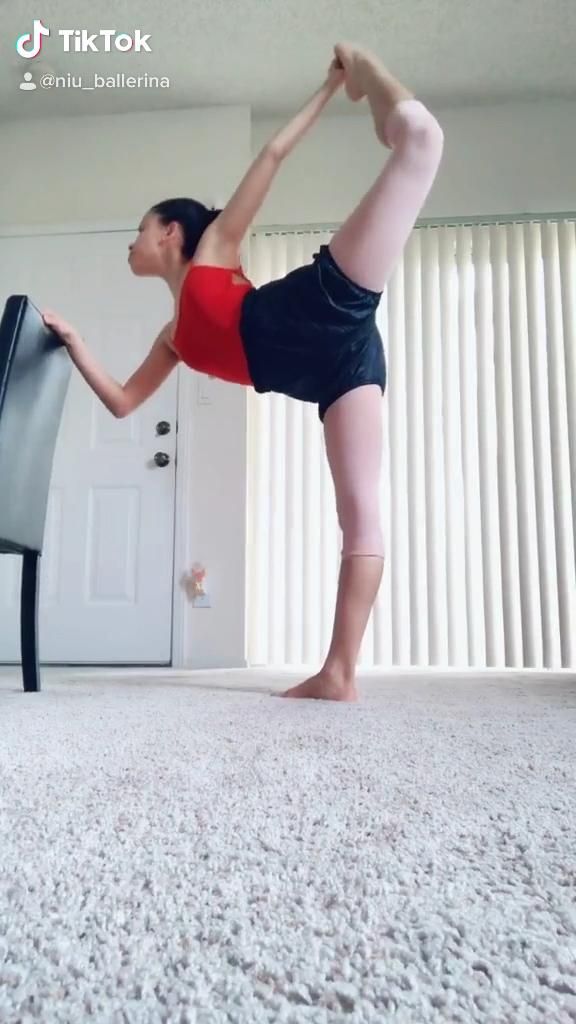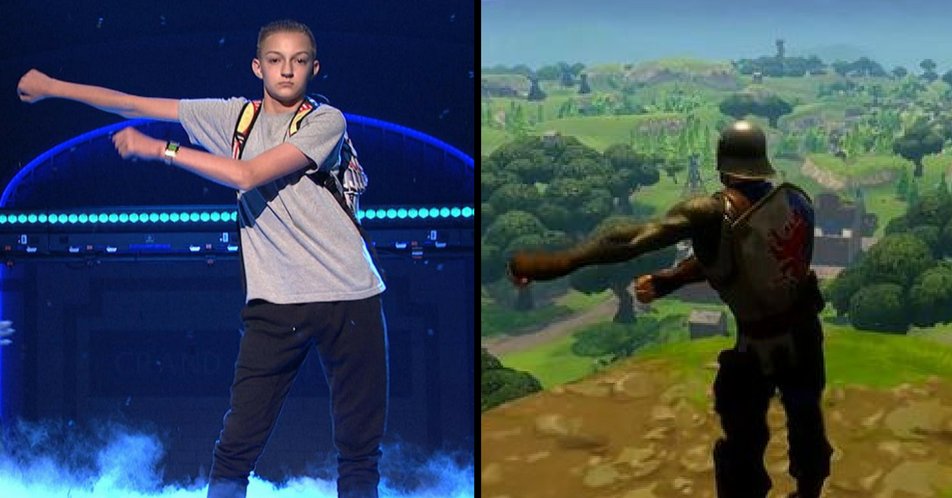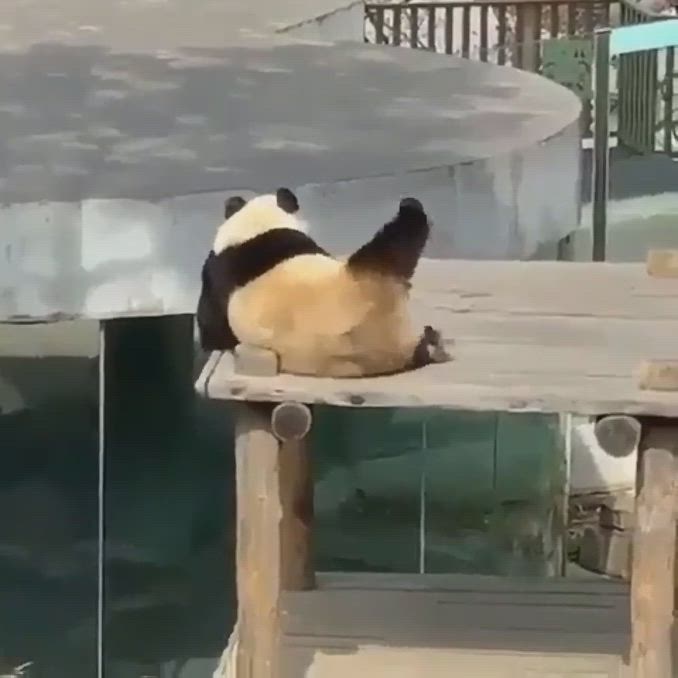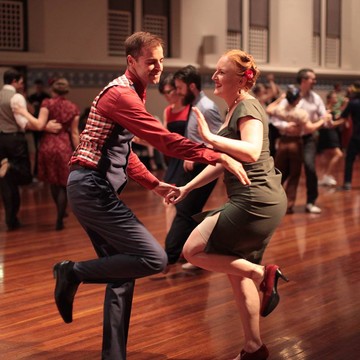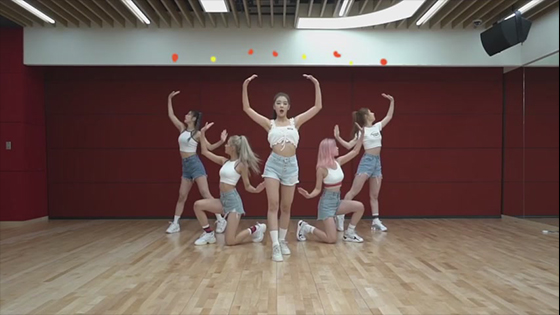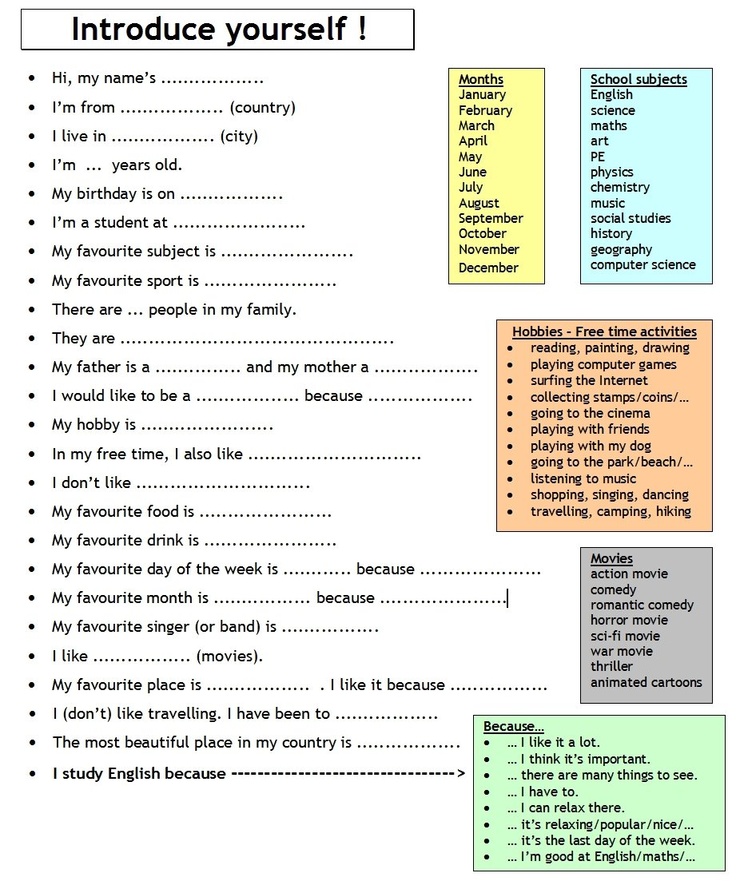How to improve back flexibility for dancers
How to Improve Back Flexibility for Ballet Dancers
In dance and especially in ballet, not having a flexible back is whack. Plain and simple. You’ve probably heard the phrase, “work your core” or “keep your center” from your dance teachers over and over, but where exactly is your center? It’s not just your abs!
You might have thought working out your core only meant squeezing your abs while you’re at the barre and doing some planks and crunches in center, but your core includes your back too! Any professional dancer will tell you how important it is to stretch your back. Considering all of the flexibility and strength you need to do ballet comes from your core, it might be time to give your back the love and care it deserves.
Exercises to Improve Back Flexibility for Ballet
Here are some exercises to improve back flexibility!
Warm up your back and core
First, it’s important to stretch out your back muscles before doing any type of workout.
To start, get on your hands and knees and arch and curl your back a couple times through. Then stretch out your legs flat on the ground and use your hands to push yourself up into a cobra pose. To further warm up your back muscles, lift yourself into a half cobra pose, and take your hands off of the ground. Now, do the reverse, resting your head on your hands and this time lifting your feet off the ground. Make sure the feet are pointed! This is a great exercise to help with your arabesque.
Work the upper back
Lying on the floor, just as you were for the arabesque stretch, lift your legs, with the feet pointed, and arms stretched out in front of you. Lift your arms and legs off the floor at the same time. Sweep the arms behind you and then lower back to the floor.
Repeat and feel the burn.
Leg pulses are great to help improve back flexibilityLengthen your leg to as high as you can go, but don’t force it to go higher than is comfortable and then pulse your legs! Returning to the floor with the head rested on the arms, lift your leg off the floor, feet pointed, and pulse.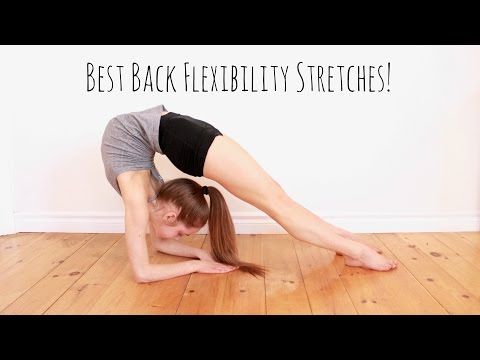 Repeat on the other side.
Repeat on the other side.
Just keep swimming
Still laying on the floor, lift both your legs and arms at the same time, really squeezing your lower back muscles, and make a swimming motion! If you get tired, just keep swimming! It’s all in the name of prettier lines.
Breathing is essential for back flexibilityTake a break with the child’s pose, stretching back onto your feet with the arms out in front of you.
Work your core for ballet flexibilityBack on your hands and knees, lengthen your left arm in front of you and right leg behind you. Now pulse both at the same time, but keep your center intact! This is to work your arabesque, so a solid core is key to a good workout and a good arabesque!
Switch sides and remember to lengthen and lift!
Arabesque for ballet back flexibiiltyNow that you’ve done some exercises to work out your back and your entire core, try doing some arabesque! Even if you don’t have a barre, you can use a chair at home.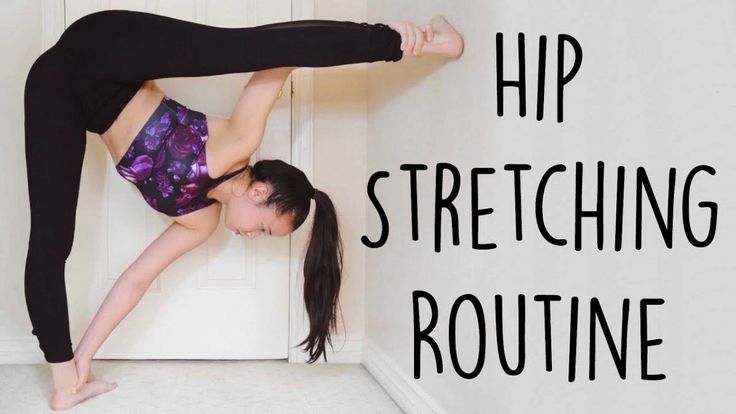 Face your barre or kitchen chair with your hips squared and toe pointed behind you, lifting up into an arabesque and then returning back to the standing leg. You can do this ten times through on each side. According to Healthline, this is a great stretch for both dancers and non-dancers, so be sure to pass it on to your non-dancer friends who want a stronger back! Take care that the supporting leg is straight and you’re not bending it in order to get the full stretch and employ your technique! If you practice with bad technique, it could end up hurting more than helping.
Face your barre or kitchen chair with your hips squared and toe pointed behind you, lifting up into an arabesque and then returning back to the standing leg. You can do this ten times through on each side. According to Healthline, this is a great stretch for both dancers and non-dancers, so be sure to pass it on to your non-dancer friends who want a stronger back! Take care that the supporting leg is straight and you’re not bending it in order to get the full stretch and employ your technique! If you practice with bad technique, it could end up hurting more than helping.
Cool down the same way you warmed up by arching and curling your back. Then finally, relax into the child’s pose once again. Practice this workout and you’ll be bending over backwards at the barre in no time!
Final Thoughts: Improve Back Flexibility for BalletIt can be hard to gain flexibility, but not impossible! Unfortunately, if it doesn’t hurt then it’s not doing the job, so it takes a little pain to stretch your back to its fullest point, but in the long run it’ll make you that much better! Push through, listen to your body, and watch yourself slowly get more and more flexible each and every day.
For more exercises to improve flexibility and strength at the ballet barre, click here for all of our ballet exercise articles!
Boost Your Back Flexibility With These 3 Exercises
As choreography becomes increasingly demanding, dancers must adjust their flexibility and strength to match. One major aspect of 21st-century ballet is a pliable back. Michelle Rodriguez, MPT, OCS, CMPT, founder and director of Manhattan Physio Group, and her colleague Sarah Walker, DPT, recommend these exercises to build a balance of fluidity and support in the spine. If you dream of dancing work by the likes of William Forsythe and Wayne McGregor, these are for you.
You’ll need:
- a barre
- a physioball
- a foam roller
- a yoga mat
Standing Hip Extension
Photo by Nathan Sayers for Pointe. Modeled by Hannah Seiden.
1. Stand in parallel as shown. Relax the shoulders and ribs and maintain a neutral pelvis. To stabilize your trunk, draw your abdominals in and think of lifting the pelvic floor up. Lift up through your arch and inner thigh and imagine a long line from the sitz bone to the heel.
To stabilize your trunk, draw your abdominals in and think of lifting the pelvic floor up. Lift up through your arch and inner thigh and imagine a long line from the sitz bone to the heel.
2. Keeping your pelvis and entire spine square to the barre, push the ball out with your glutes, lengthening into a low, turned-in arabesque. As you move, reach your head toward the ceiling to avoid sinking in the spine.
3. Slowly draw the ball back in, keeping your trunk lengthened.
Reps: Do 10 times on each leg, 4 times per week during your pre-class warm-up.
Expert advice: Elongating the space between the hips and spine trains the body to support flexibility of the spine during activities like arabesque. It also protects the back from overusing certain muscles, which can actually lead to decreased flexibility.
Rolling Out the Thoracic Spine
Photo by Nathan Sayers for Pointe. Modeled by Hannah Seiden.
1. Lie over the roller with your hands behind your head and knees bent with feet on the floor.
Photo by Nathan Sayers for Pointe. Modeled by Hannah Seiden.
2. Lift your hips into a small bridge and gently walk backwards and forwards to move your spine over the roller. Limit the rolling to your thoracic spine, from the base of your shoulder blades to the bottom of the rib cage.
Photo by Nathan Sayers for Pointe. Modeled by Hannah Seiden.
3. When you reach a stiff area, lower your hips and arch your head and chest over the roller. Pause for 2–3 deep breaths.
Photo by Nathan Sayers for Pointe. Modeled by Hannah Seiden.
4. Slowly contract your core to come out of the arch before moving on to the next tight spot.
Reps: Do 5 complete rolls through the thoracic spine, pausing as needed. Repeat 3–5 times weekly to encourage spinal mobility.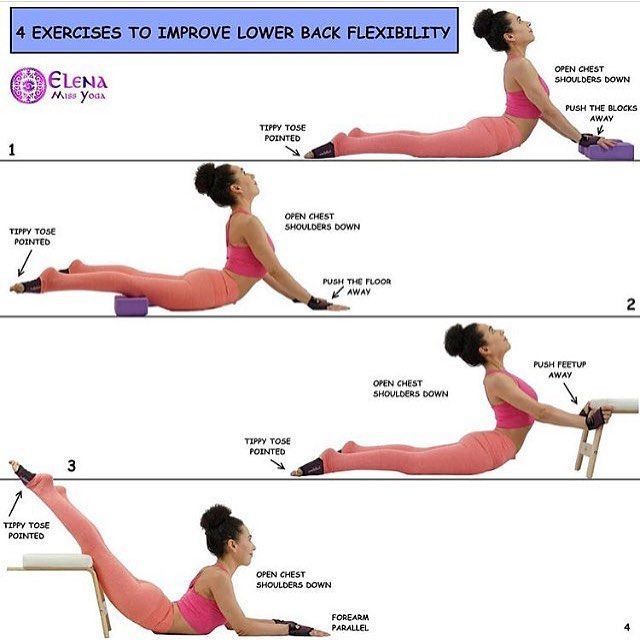
Hip Flexor Stretch
Photo by Nathan Sayers for Pointe. Modeled by Hannah Seiden.
1. Kneel on your right knee, and tuck your pelvis under by lifting the pelvic bone up towards your nose. Squeeze the glutes on your right side and hold on to a chair, barre or wall for stability.
Photo by Nathan Sayers for Pointe. Modeled by Hannah Seiden.
2. As you lunge, reach the right arm up and over toward the other shoulder, similar to a side cambré.
Reps: Hold for 2 sets of 30 seconds before switching legs. Do twice daily when warm.
Expert advice: Depending on how tight you are, you may feel the stretch in your hip flexor at any stage. Try not to lunge too far forward or you may miss the stretch. This exercise promotes mobile hip flexors, which are key to a healthy, flexible spine.
types of flexibility and basic stretching exercises
Contents
A flexible body, elastic muscles and mobile joints are the key to beauty and health at any age.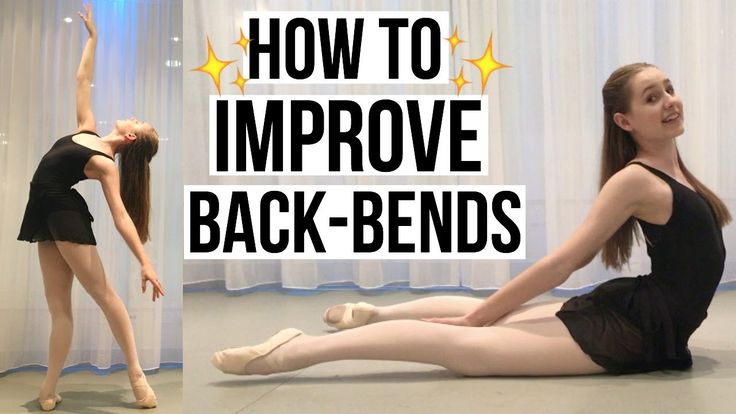 Flexibility is not only innate, but also an acquired quality. Without a doubt, every dancer should have it.
Flexibility is not only innate, but also an acquired quality. Without a doubt, every dancer should have it.
What is flexibility
Flexibility is the ability of the body, namely muscles, ligaments and joints, to give maximum amplitude in various movements and physical exercises.
The flexibility of the body depends on genetics, the structure of the joints, the elasticity of the tendons. This indicator is also related:
- with age. Children and adolescents tend to be more flexible than adults;
- with floor. Women are naturally more flexible than men;
- with the level of physical fitness and fitness.
Types of flexibility as it happens
There are several varieties:
- Dynamic flexibility is the maximum possible range of motion in a joint without any outside help. For example, standing against a wall, the athlete raises the leg to the highest possible level and holds it for several seconds.
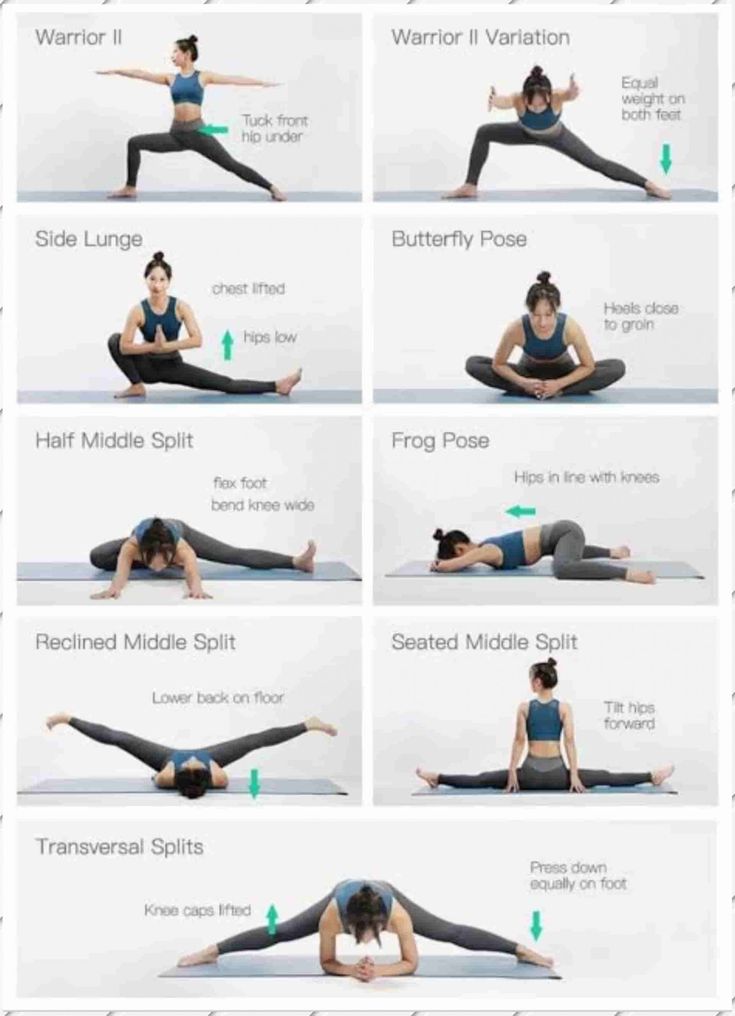 Also, the dynamic view is fixed when performing exercises, for example, with swings;
Also, the dynamic view is fixed when performing exercises, for example, with swings; - Passive (static) flexibility always exceeds active dynamic. It is achieved with an external impact on the joint. For example, the athlete or his partner holds the raised leg with the hand in maximum amplitude;
- Special refers to the mobility of specific joints. Different sports and dances require different levels of joint mobility;
- Anatomical. Habitual daily movements in terms of joint mobility are very limited. Use of the reserve of pledged flexibility up to 95% occurs only during special classes;
- Excessive flexibility is dangerous, as the stability of the joint is lost and the maximum stretching of muscles and ligaments is reached. This is fraught with injuries (dislocation, rupture, sprain).
Sign up for a trial lesson
Why flexibility is important for dancers
Good flexibility is the key to beautiful amplitude movements and speed of changing positions
A flexible body is more responsive, plastic and enduring.
Good amplitude in the work of all joints gives excellent coordination between all parts of the body.
These motor indicators are extremely important in dance. Movable joints and stretch-responsive muscles make the body supple, able to quickly perform complex movements and ligaments.
Flexibility can be improved by regular stretching.
What exercises help to develop flexibility
Stretching (from the English "stretching") always begin with a quality warm-up of the whole body. Pulling muscles and ligaments is possible only in a heated state. To do this, it is enough to perform a warm-up of 2-3 dynamic exercises, involving all the main joints.
Flexibility exercises:
- Neck . Grab your head with your right hand and press your ear against your right shoulder, stretching the left side of your neck. Lock the position for 30 seconds. Repeat with your left hand.
- Spine, thoracic .
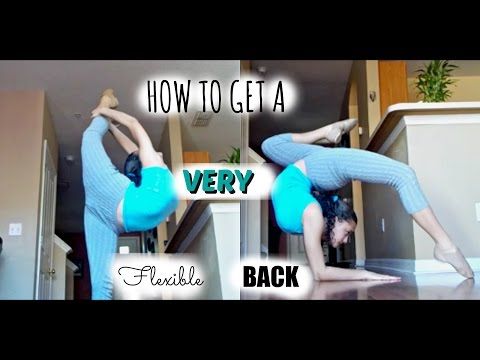 Starting position on all fours. Bend your back down and lift your head up, remaining in the position for 10-15 seconds. Arch your back up, lowering your head down. Hold the position for another 15 seconds. Repeat several times at a slow pace.
Starting position on all fours. Bend your back down and lift your head up, remaining in the position for 10-15 seconds. Arch your back up, lowering your head down. Hold the position for another 15 seconds. Repeat several times at a slow pace. - Spine, back of thighs . An exercise from the arsenal of yoga "Downward Dog". Place your feet and hands on the floor shoulder-width apart and bring them closer until you reach the body in an inverted V. The foot is completely on the floor, legs are straight. For greater effect in position, you can sway slightly, creating a arch in the back.
- Spine, core muscles . Lying on your stomach, bend your knees, bring your feet to your buttocks. Wrap your arms around your feet and pull your legs back and up. The thoracic spine takes the maximum deflection. The position is fixed for 20-30 seconds.
- Hip Extension .
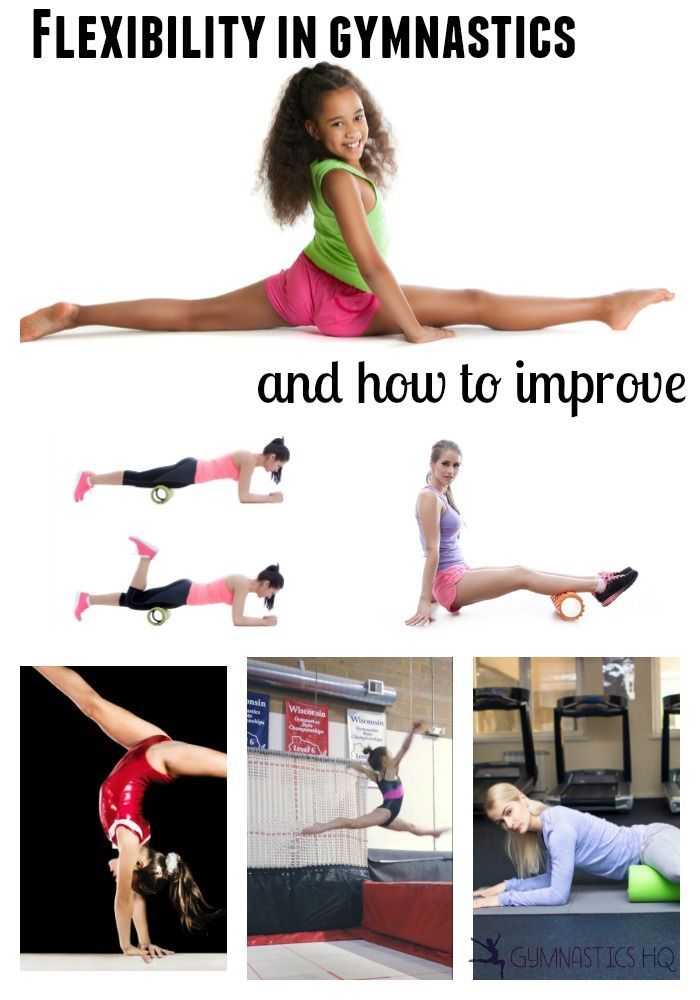 Lunge forward with your right foot and shift your weight onto it. Tilt your body forward and lean on your elbows. Maintain the position for up to 30 seconds. Repeat with the other leg.
Lunge forward with your right foot and shift your weight onto it. Tilt your body forward and lean on your elbows. Maintain the position for up to 30 seconds. Repeat with the other leg. - Lateral Thigh Extension . Sitting on the floor, spread your legs as wide as possible. Place your body and arms on the floor as far as possible. Stay in position for up to 30 seconds.
Tips from experienced choreographers for stretching
Flexibility exercises are performed at a calm pace, the muscles are stretched until a slight tolerable pain appears. In each position, you should stay up to 20-30 seconds, holding the maximum amplitude of the stretch.
For general flexibility development, it is enough to stretch 1-2 sessions per week as a small addition to the main workout. The presented set of flexibility exercises is one of the possible options for this form of training.
If increasing the flexibility of the body is the main task, then it is worth doing stretching in the format of a full-fledged lesson. We recommend starting stretching under the guidance of an experienced instructor.
We recommend starting stretching under the guidance of an experienced instructor.
Benefits of working with a coach:
- safety : no risk of injury;
- effectiveness : the coach selects the exercises based on the physical data of the student;
- speed : a professional instructor uses techniques to achieve maximum results in the shortest possible time.
The dance studio "La Boca" is open for stretching and stretching. Classes are conducted by a professional ballerina Victoria Krivtsova and an international master of sports in Latin American dances Olga Dubravina. Lessons are held in small groups and with an individual approach to everyone.
Sign up for a trial session and experience the benefits of stretching with a professional.
How to develop the flexibility of the body? | DanceArt
wellness by admin
Let's first understand what flexibility is.
Flexibility is one of the five basic physical qualities of a person. It is necessary in order to perform movements with a large and maximum amplitude.
Ideally, flexibility should be developed systematically from early childhood. This quality is responsible for mobility and affects strength, speed of reaction, speed of movement, endurance.
If the flexibility is not sufficiently developed, then this leads to violations in posture, salt deposits, changes in gait.
Recognizing the "enemy" in person: what hinders flexibility
Naturally, we were all born quite flexible - just look at the children. But over the course of life, these qualities began to be lost. What is the reason?
- Sedentary / Sedentary
If we sit a lot, then the body's blood pressure rises and the diameter of the arteries decreases, which increases the risk of heart disease. The spine, frozen in one position, does not receive sufficient nutrition and at the same time is subjected to a large load.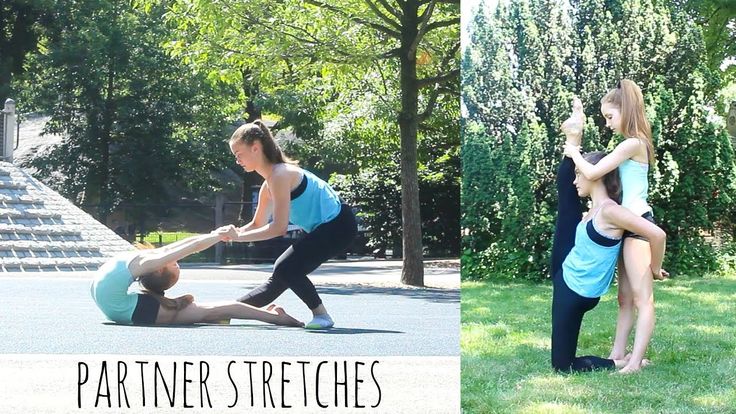 Studies show that 40% of people suffering from back pain spend a lot of time at the computer.
Studies show that 40% of people suffering from back pain spend a lot of time at the computer.
- Malnutrition
Much is said today about the consequences of malnutrition. For flexibility, a particular enemy is those foods that do not contribute to muscle nutrition. This is exactly what many of us love so much: buns, cakes, pastries, anything with sugar.
- Stress
We all need a little bit of stress. But when stress becomes the "norm" of life, it leads to a drop in living standards. In particular, during times of stress, muscles become overly tense, stiffer and less able to stretch and relax.
Accordingly, in order to improve flexibility it is necessary to: move more, eat right, make sure that you experience as little stress as possible (there are always ways to improve your life and avoid situations in which you always experience stress).
How does flexibility develop?
Flexibility is developed through exercise.
The following exercises are most effective for developing flexibility:
- yoga
- Pilates
- stretching (stretching)
- gymnastics
- all kinds of dances.
The ability to relax is important for the development of the elastic properties of muscles and ligaments. Stretching is effective when you can alternate tension with relaxation.
Play by the rules: how to stretch correctly
- The main condition for stretching is a mandatory warm-up before doing exercises. You can just turn on your favorite music and dance to it as you like - you need to warm up. You can also dress warmly to warm up faster and keep your body warm throughout the session.
- It should be remembered that all stretching and flexibility exercises should be performed slowly, the amplitude and strength of the impact (if you are doing exercises with the help of a partner or with weights) should increase gradually. In exercises for the development of flexibility, the rule applies: "go quieter - you will go further.
